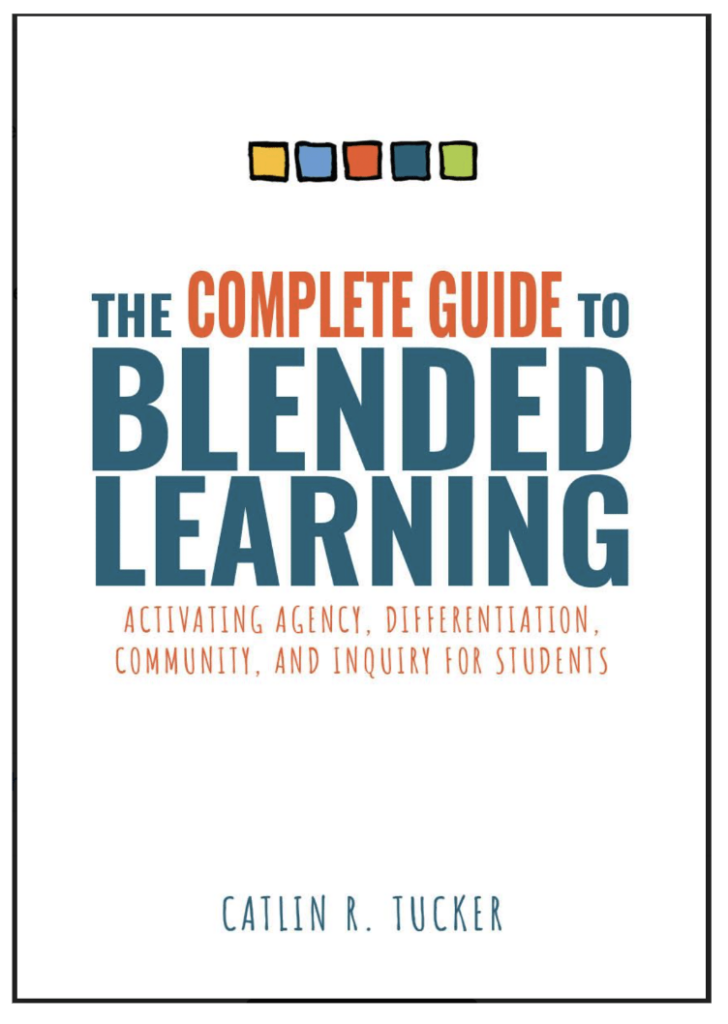FAQ: The Station Rotation Model

The station rotation model is a well-known K-12 blended learning design that rotates learners by way of a collection of stations or understanding things to do. The station rotation design contains a few kinds of stations: a) trainer-led, b) online, and c) offline. When I facilitate workshops on this product or mentor teachers making use of this product, I get a ton of thoughts. In this post, I will remedy some of the most regularly requested concerns I hear about the station rotation design.
Q1: How do I get started out designing a station rotation lesson?
If you have been creating whole-group, instructor-led classes, it can be tricky to changeover from that linear agenda to a rotation in which distinctive teams start off at various stations or understanding activities. In the early phases of coming up with my station rotation lessons, I was frustrated by the lesson setting up procedure mainly because I found each individual station created on the station prior to. That doesn’t operate considering the fact that distinctive groups of students are beginning at each and every station.
I discovered it valuable to determine the learning objectives for a lesson and write out a standard linear agenda considering the fact that that was acquainted. Then I “went horizontal” with my agenda, tipping it on its side, and pulling aside the personal studying things to do to see if they would function as stations with some modification. If a station necessary pre-training or constructed on a preceding exercise, then I had to perform that pre-educating or activity into the past station or record a video to deliver students with the information they desired.
Over time, I began to believe by means of the lens of the station rotation, and the lesson-planning procedure grew to become much less difficult!
Q2: Are my course periods too brief to use the station rotation design?
Instructors occasionally presume that pupils have to have to rotate through all of the stations in a one class interval, but that’s not the circumstance. Lecturers on a conventional faculty plan with 45-60 minute classes can operate a station rotation about several times, depending on the variety of stations and the time desired in each individual. For illustration, I’ve coached instructors who operate a four-station rotation around two class intervals or a a few-station rotation above 3 days, as pictured in the picture beneath.

This design, like all blended learning products, is flexible. You need to make it function for you and your pupils!
Q3: Are my courses way too massive to use the station rotation?
Nope! A single of the major rewards of the station rotation design is that it lets you to generate more compact studying communities in the larger class. Nevertheless, it’s useful to technique the style and design of your station rotation employing a method I simply call “mirror stations.” Working with this strategy, you only structure 3 or 4 different stations or learning things to do. College students on a single side of the room are relocating as a result of all those stations even though the college students on the other facet are rotating by the exact identical “mirror” stations or discovering things to do.
This method helps make it possible to keep the full number of college students at each station reduced (6 learners in a station has usually been my choice). It also suggests you do not need to expend a ton of time planning a bunch of various discovering activities, which is time-consuming.
It is crucial to be aware that your instructor-led station will be fed by the two sides of the space, expanding the number of pupils at your station. Commonly, that isn’t a issue due to the fact you are facilitating that station and are much better able to meet the demands of that scaled-down subset of the larger class.
Q4: What do I do if pupils complete early at a station in a station rotation?
Self-pacing is a reward of the station rotation model. College students need to have a increased diploma of management around their progress at the stations that are not teacher-led. Yet, this leads to many academics stress. They fear about what college students will do if they complete early. In the end, we don’t want them to distract friends who are nonetheless doing the job. So, instructors can use a handful of methods, as pictured in the columns below.
Need to Do/May perhaps Do Checklist
Publish a listing on the board or in your learning management procedure that identifies what students “have to do” all through the station rotation so they return to tasks they have not finished. Then give a “may perhaps do” record of pursuits they can pick out to interact with if they end early at a station (e.g., read through for satisfaction, analyze for an approaching quiz, comprehensive an extension activity).
Mind Break Preference Board
Offer students with a mind crack option board composed of enjoyable routines they can have interaction with if they finish early at a station. These pursuits really should give college students a mental split (e.g., coloring, finishing a term lookup or crossword, performing on a puzzle, developing with legos, or listening to music).
Peer Tutor Role
When college students full a job immediately, it might suggest a superior amount of mastery. If this is the scenario in your course, you can generate lanyards that say “peer tutor or student guidance” and really encourage students who complete early to possibly comprehensive a may do or a mind break action OR seize a lanyard and function as a peer tutor, aiding learners who want supplemental aid.
Q5: How do you develop college student agency about tempo and path into a station rotation?
There are some artistic methods to give college students company more than the pace and lesson route. For illustration, most academics run a “trainer-timed” station rotation the place the instructor determines the amount of time pupils invest at a station engaged with a endeavor. Nonetheless, we know learners will most likely will need variable time on some responsibilities. An choice tactic to the instructor-timed station rotation is a little something I call the “no cost-stream, university student-paced station rotation.” In a no cost-movement university student-paced station rotation, all college students begin at a station but transfer to the next station when they finish a endeavor. Each time I do this, students react exceptionally positively to the experience. I’ve viewed 1st-quality college students rock a totally free-movement rotation, so don’t believe youthful learners can’t do this.
One issue to maintain in thoughts through a absolutely free-flow pupil-paced station rotation is that learners will be coming to the trainer-led station at various situations, so you do not want to system course instruction for this type of station rotation. In its place, use your station as a fall-in feed-back station if pupils are performing on a piece of writing, functionality job, or venture. You can also use this station to supply some guided follow as college students try to practice and utilize, liberating you to present personalised assistance for the duration of the lesson.
Concerning management above their mastering route, I would inspire you to establish at minimum just one meaningful “would you somewhat” alternative into your station rotation lesson. The would you relatively method would make providing students meaningful alternatives in the lesson feel sustainable and doesn’t call for a significant amount of money of style function.
The station rotation product is incredibly flexible. It can be utilized throughout grade levels and subject matter areas. Teachers can use this design if they teach a traditional course time period or block interval. It can be modified to use with smaller or large class dimensions. Even academics with a confined range of equipment can use this blended mastering product since not all learners are working with computer systems at the exact same time.
If you want to discover additional about the station rotation model, enroll in my mini-training course on the station rotation or look at out The Total Tutorial to Blended Learning!






